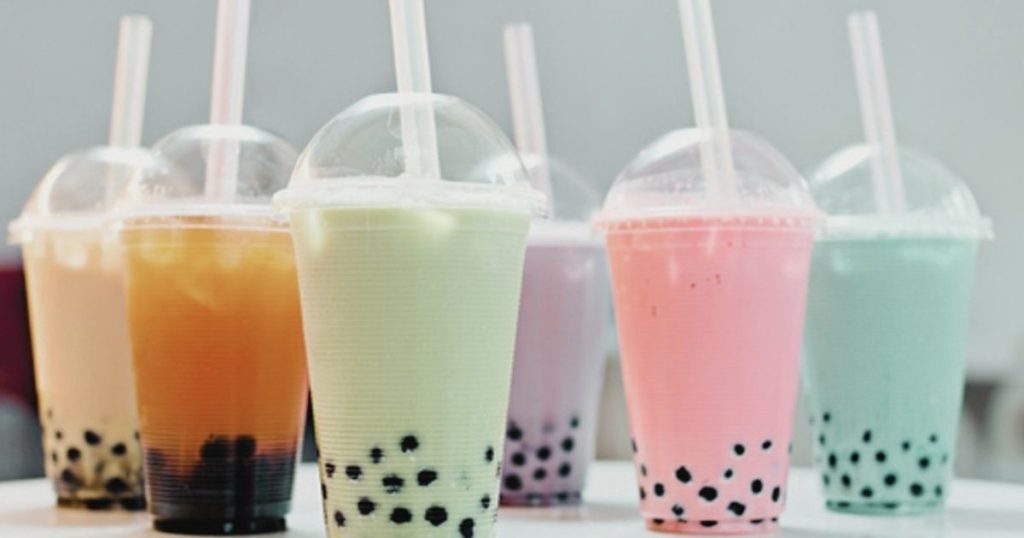Bubble tea, also known as boba tea, has become a popular beverage worldwide. It’s a sweet, refreshing drink with tea, milk, sugar, and chewy tapioca pearls. While it’s a delicious treat, bubble tea also has its pros and cons. In this article, we’ll explore the benefits and risks of bubble tea, helping you know the about Benefits and Risks of Bubble Tea.
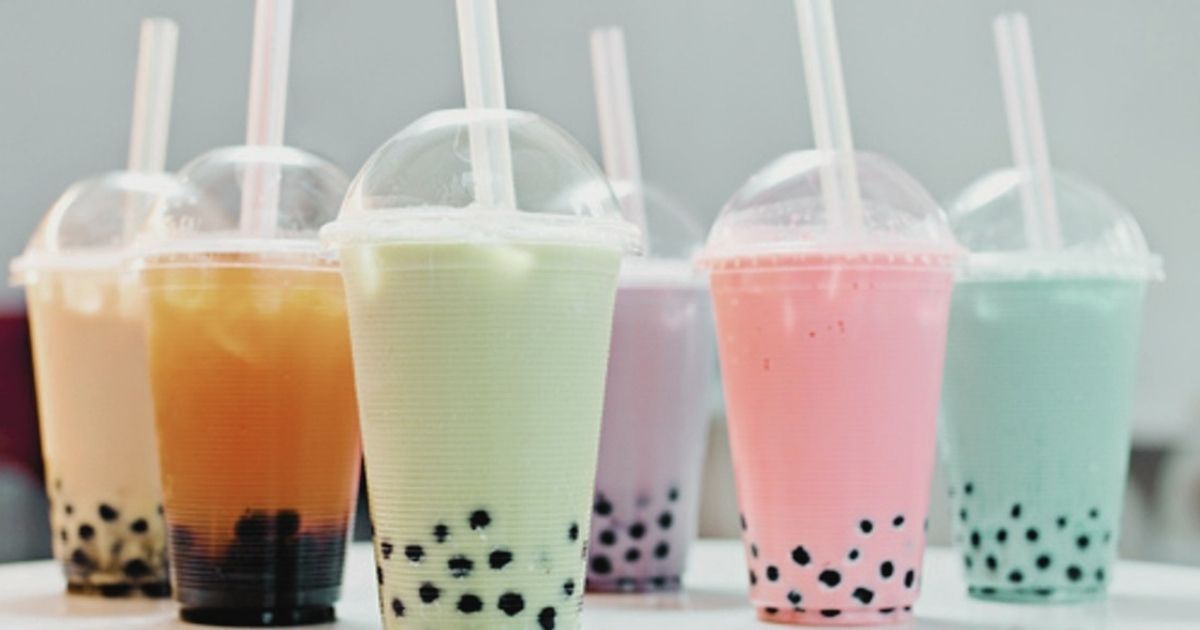
Benefits of Bubble Tea
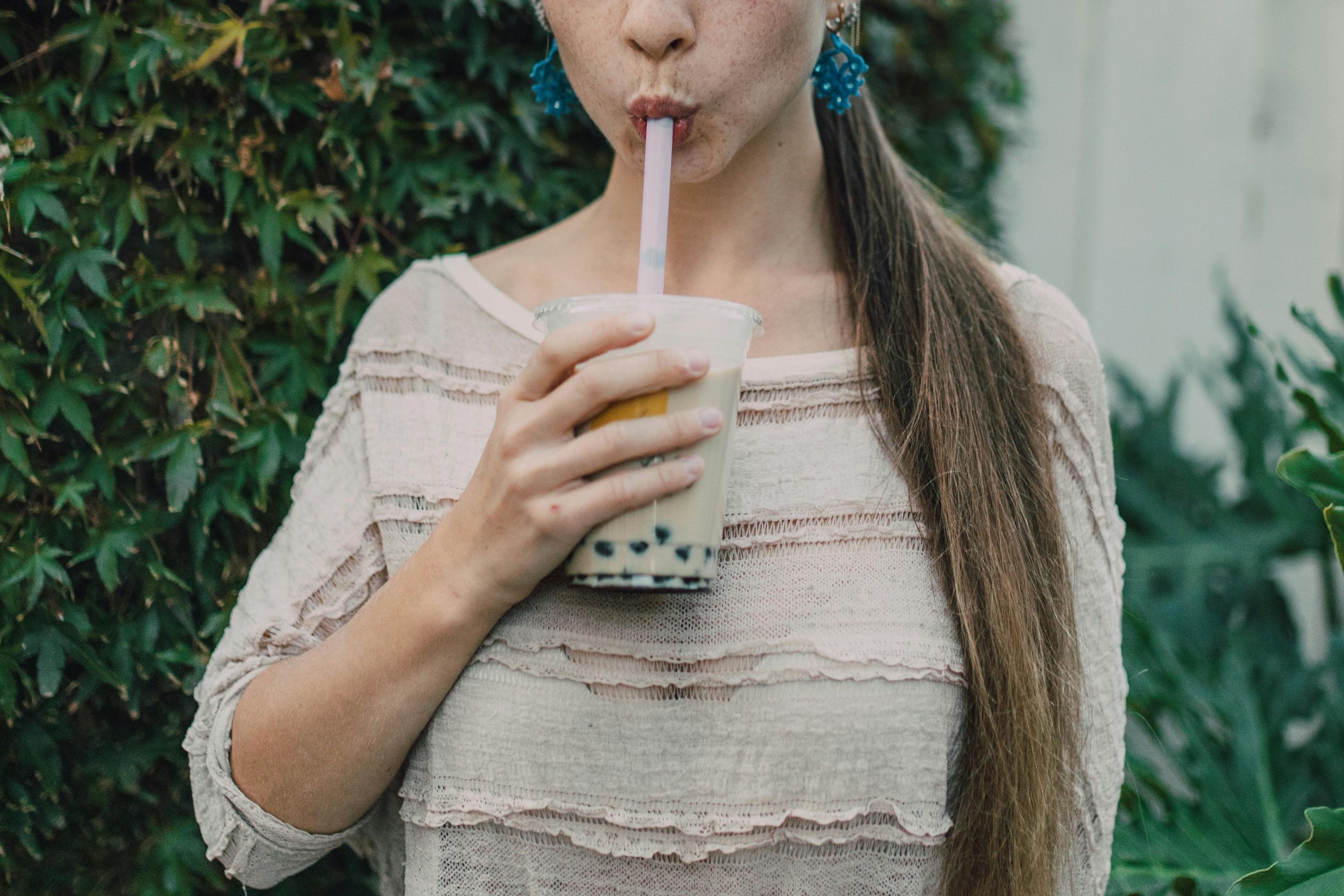
1. Provides a Quick Energy Boost
Bubble tea contains sugar, which gives a quick energy boost. When you feel tired or sluggish, a cup of bubble tea can help you regain energy. This is especially true for versions with added sugar and caffeine from tea.
2. Offers Antioxidants
Bubble tea often contains black or green tea. Both types of tea are rich in antioxidants. These antioxidants help fight free radicals in the body, reducing the risk of chronic diseases. Green tea, in particular, is known for its high antioxidant content.
3. Customizable to Your Taste
One of the best things about bubble tea is its customizability. You can choose the type of tea, milk, sweetness level, and toppings. This allows you to create a drink that suits your taste and dietary preferences. For example, you can opt for low-sugar versions or use plant-based milk.
4. Enjoyable Social Experience
Bubble tea has become a social phenomenon. Many people enjoy visiting bubble tea shops with friends. It’s a fun, trendy drink that’s often shared on social media. The experience of trying new flavors and toppings can also be enjoyable.
Risks of Bubble Tea
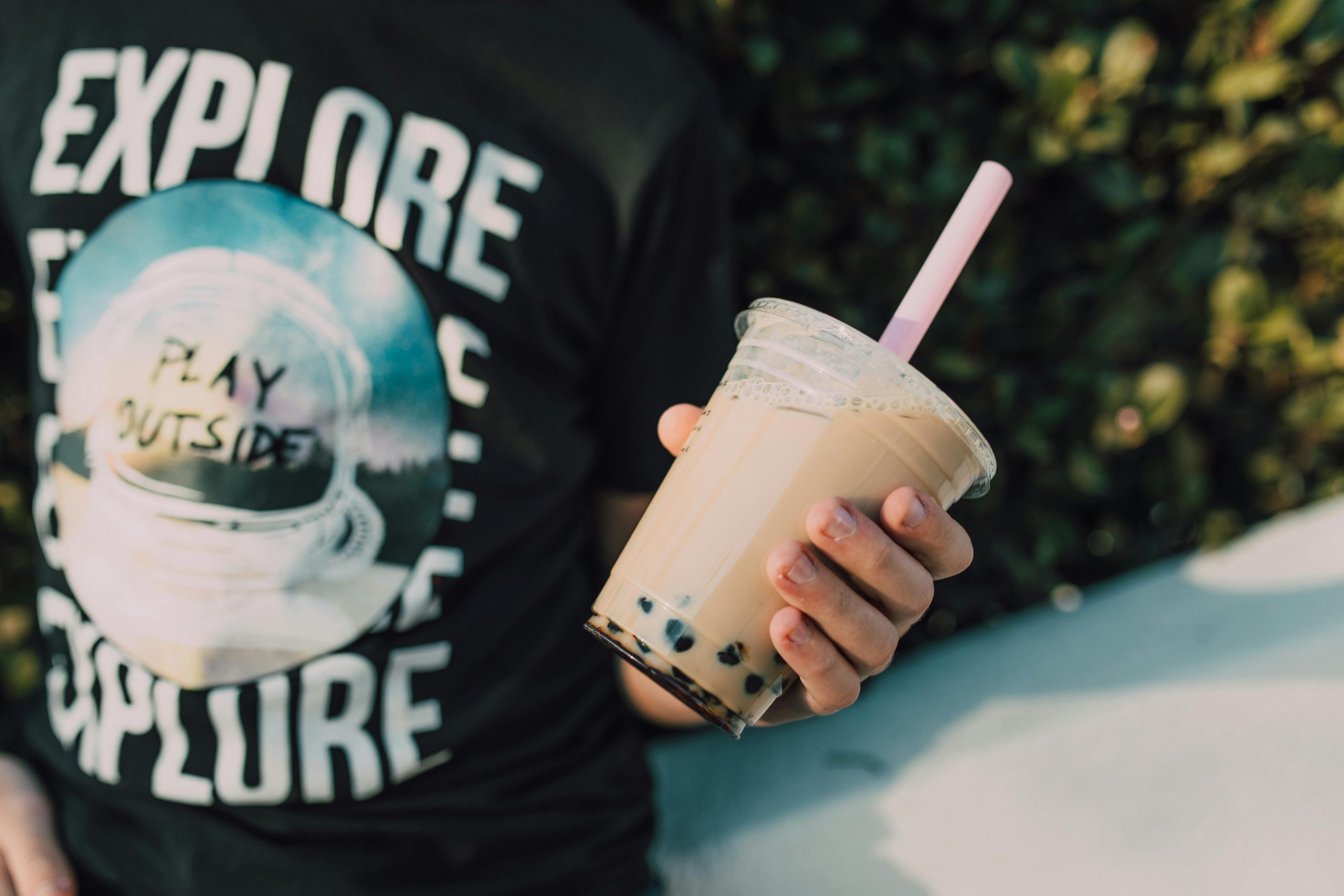
1. High Sugar Content
One of the biggest concerns with bubble tea is its high sugar content. A standard serving of bubble tea can contain up to 50 grams of sugar. This is more than the daily recommended limit. Excessive sugar intake can lead to weight gain, obesity, and increased risk of diabetes.
2. High Calorie Count
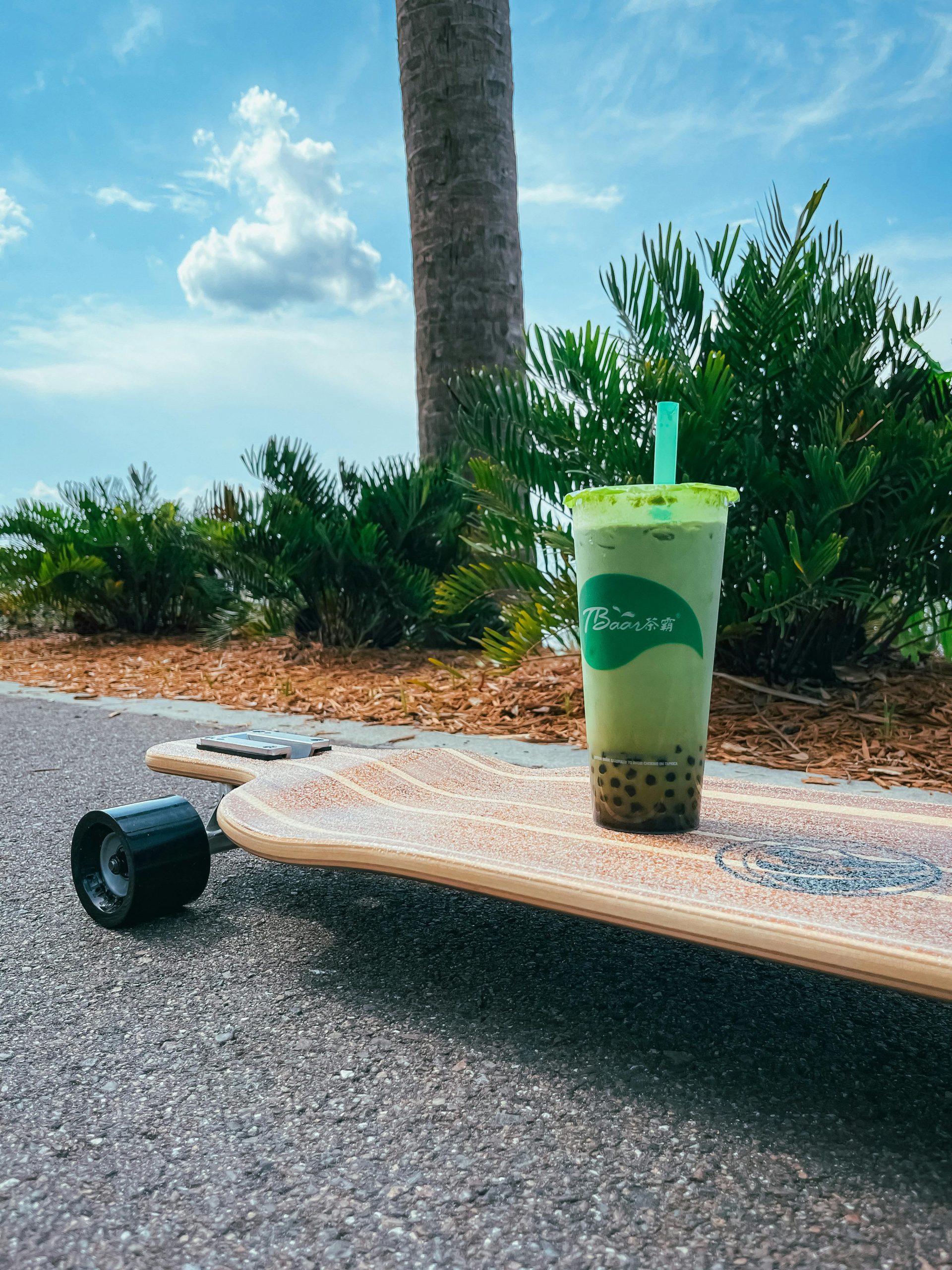
Bubble tea is also high in calories. A regular serving can contain between 300 to 500 calories. This is significant, especially if consumed regularly. High-calorie intake can contribute to weight gain and other health problems, like heart disease.
3. Tapioca Pearls Lack Nutritional Value
The tapioca pearls, or boba, in bubble tea are made from cassava starch. While they add texture and fun to the drink, they are low in nutrients. Tapioca pearls are mostly carbohydrates and provide little to no vitamins, minerals, or fiber. Eating too many can contribute to excessive calorie intake without nutritional benefits.
4. Risk of Choking
Tapioca pearls can pose a choking hazard, especially for young children. The pearls are chewy and can easily get stuck in the throat. It’s important to chew them thoroughly and be cautious when giving bubble tea to children.
5. Caffeine Content
Bubble tea contains caffeine from the tea base, whether it’s black, green, or oolong tea. While caffeine can provide an energy boost, excessive intake can lead to insomnia, anxiety, and increased heart rate. For people sensitive to caffeine, bubble tea can cause jitters or sleep disturbances.
6. Potential Allergens
Bubble tea can contain potential allergens, such as dairy milk or nuts. For those with lactose intolerance or nut allergies, consuming bubble tea can lead to adverse reactions. It’s important to be aware of the ingredients and choose alternatives if necessary, like using plant-based milk.
How to Enjoy Bubble Tea Healthily

1. Reduce the Sugar Content
To make bubble tea healthier, ask for less sugar or choose a sugar-free option. Many bubble tea shops allow you to customize the sweetness level. Opting for 30% or 50% sugar can significantly reduce the overall calorie content.
2. Choose Healthier Toppings
Instead of tapioca pearls, consider healthier toppings like chia seeds or fresh fruit. These options add nutrients and fiber to your drink. Chia seeds, for example, are rich in omega-3 fatty acids and can make your drink more filling.
3. Opt for Plant-Based Milk
Using plant-based milk, such as almond, soy, or oat milk, can reduce the fat content of your bubble tea. Plant-based milks are also a good option for those with lactose intolerance or dairy allergies. They add a creamy texture without the extra calories from full-fat dairy milk.
4. Limit Frequency of Consumption
Bubble tea is best enjoyed in moderation. Limiting how often you drink it can help you avoid excessive calorie and sugar intake. Consider treating yourself to bubble tea once in a while, rather than making it a daily habit.
5. Be Mindful of Portion Sizes
The size of your bubble tea matters. Choosing a smaller size can help control calorie intake. Many shops offer large portions that can be more than a single serving. Opting for a smaller size can still satisfy your craving without the extra calories
Bubble tea is a delightful and trendy drink, but it’s important to be aware of its benefits and risks. While it offers a quick energy boost and antioxidants, it also comes with high sugar and calorie content. The tapioca pearls, while fun, add extra carbs without much nutritional value. To enjoy bubble tea healthily, consider reducing the sugar, choosing plant-based milk, and limiting how often you indulge.
By making mindful choices, you can savor bubble tea while keeping your health in check. Whether you’re a regular bubble tea drinker or an occasional sipper, understanding these factors will help you make the best decisions for your well-being. So, next time you grab a bubble tea, remember to balance the pleasure with good health habits.
